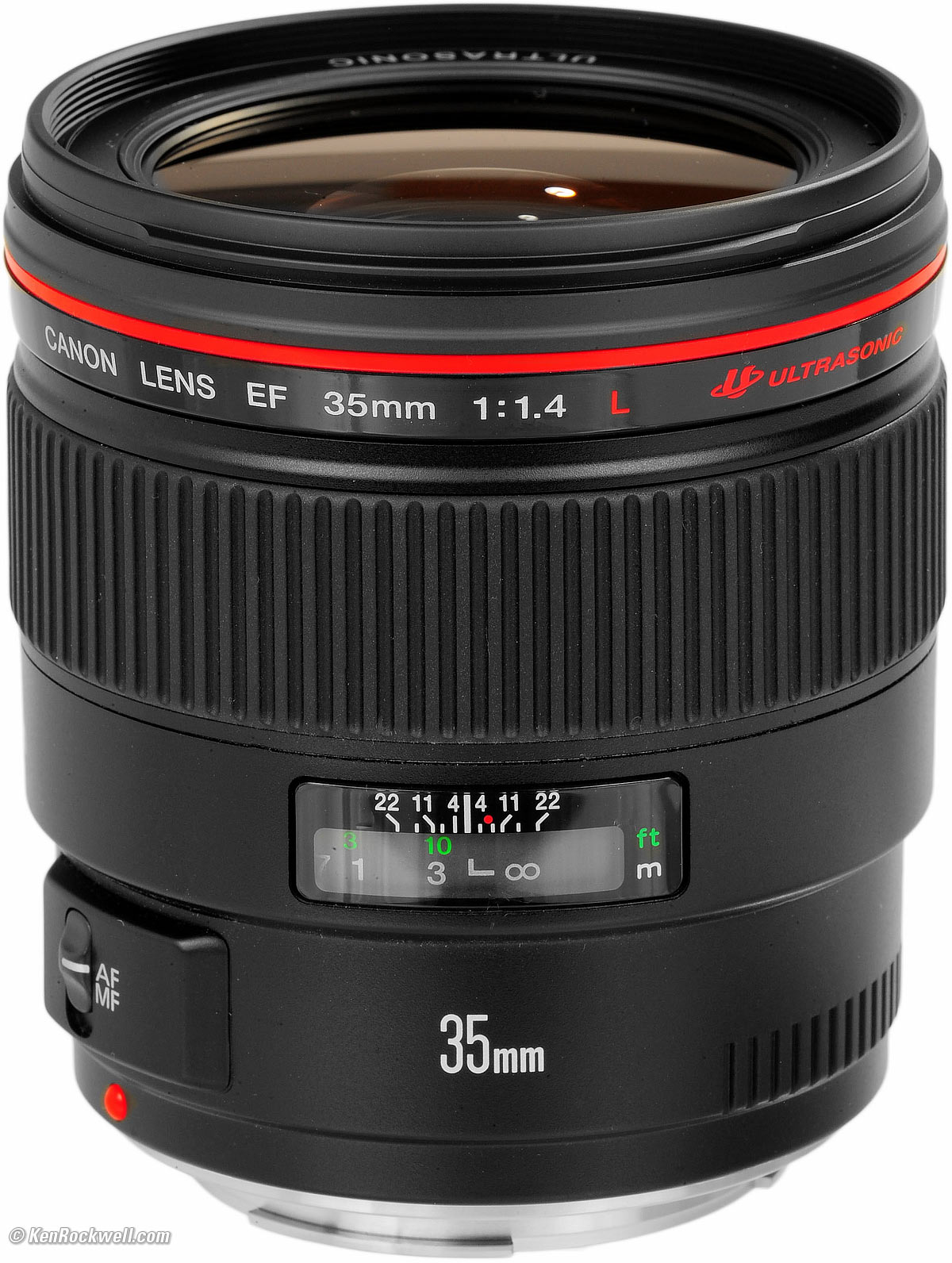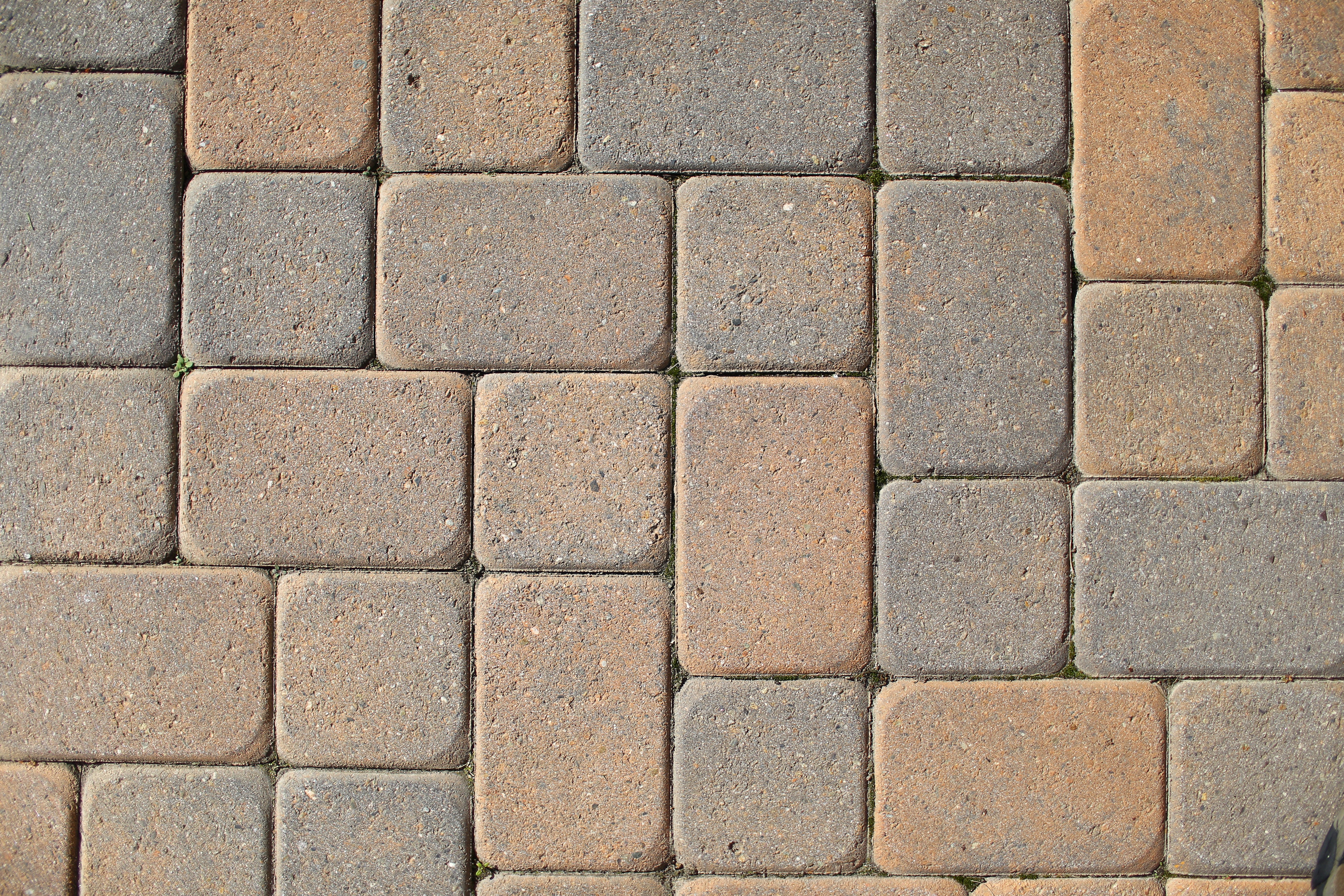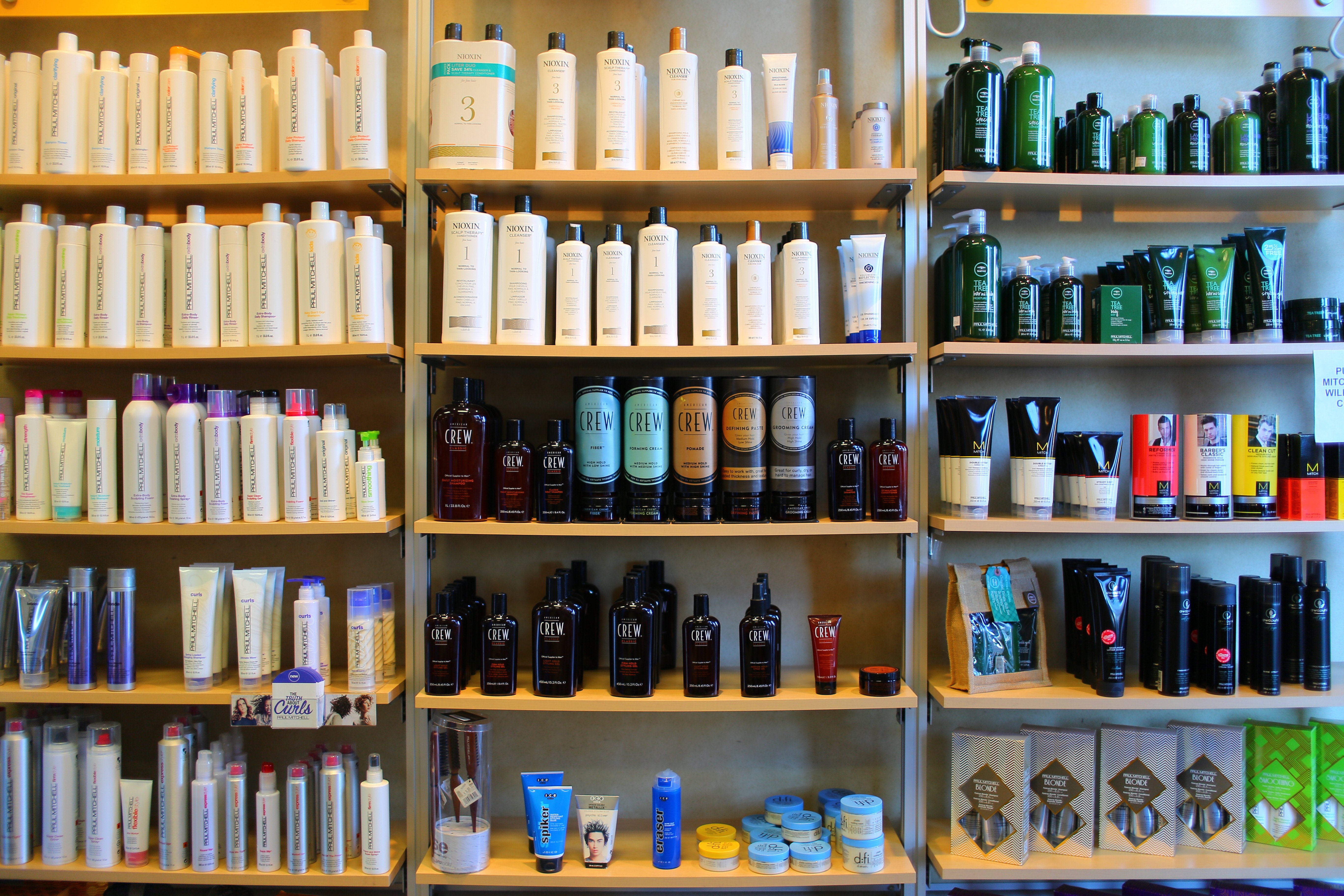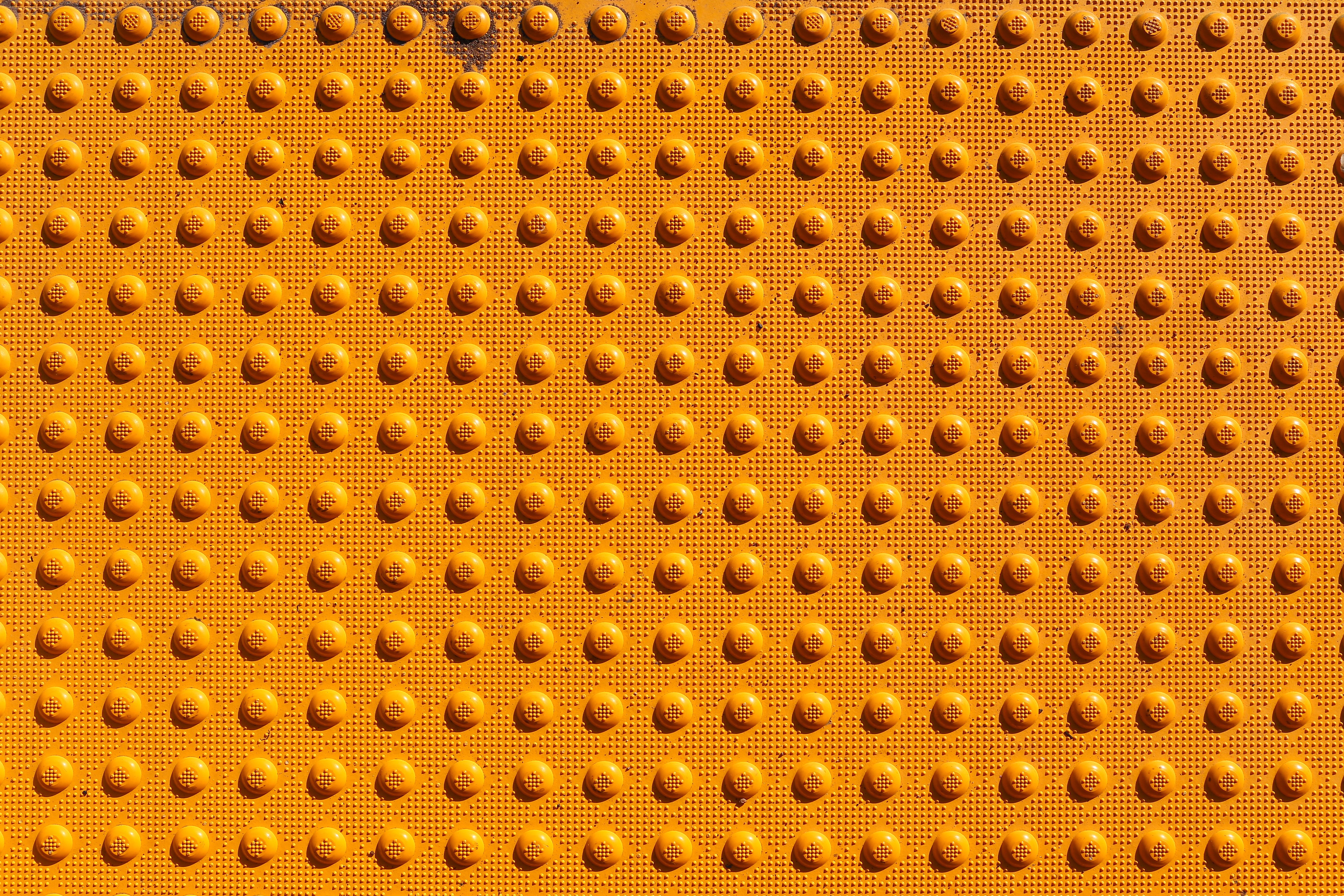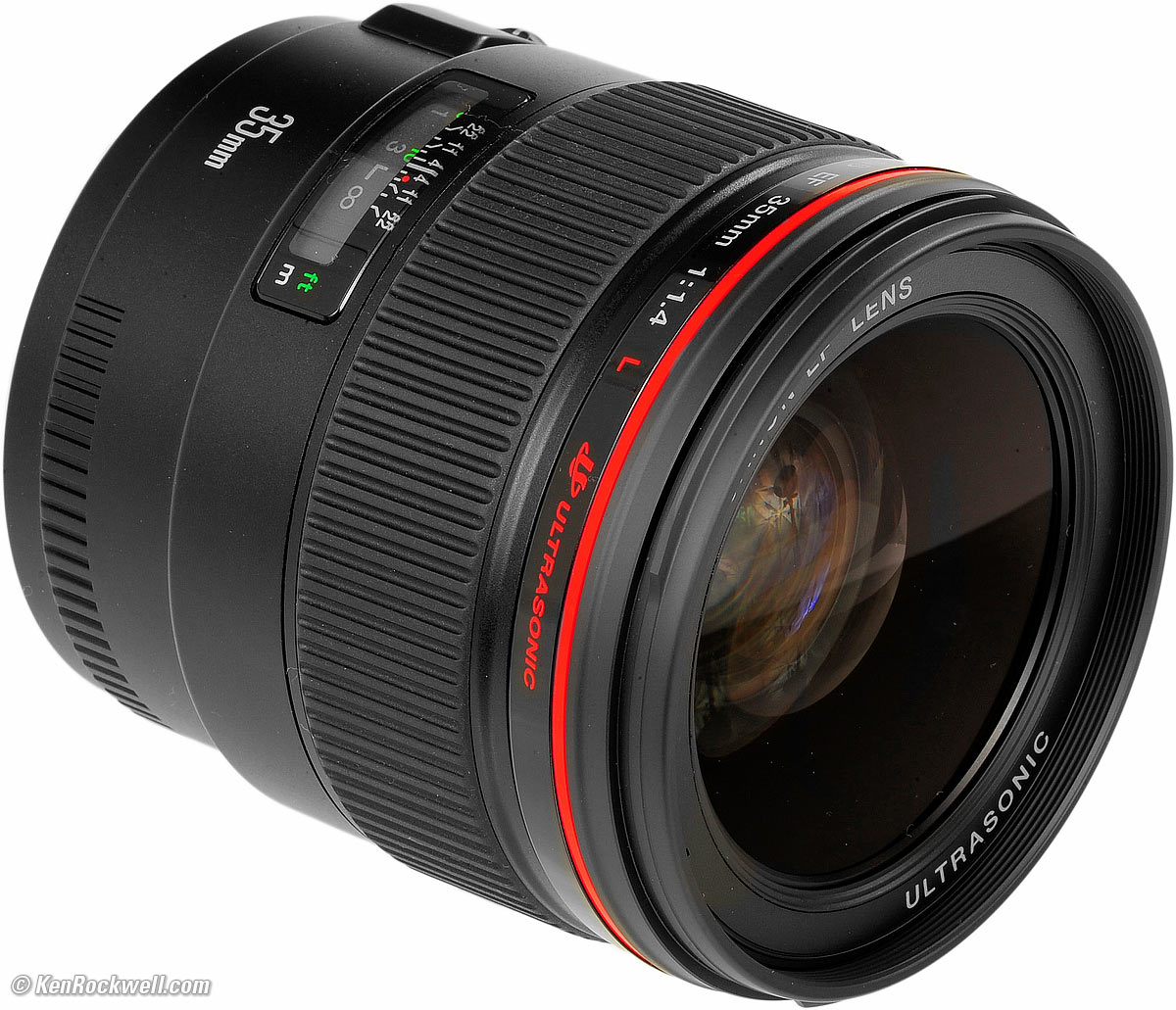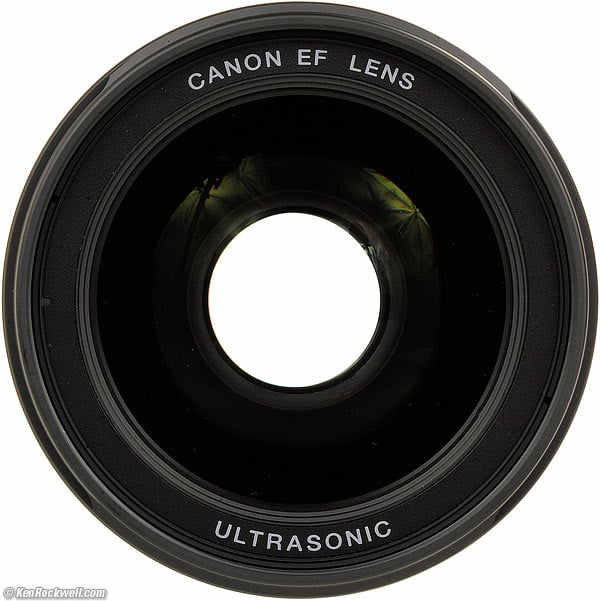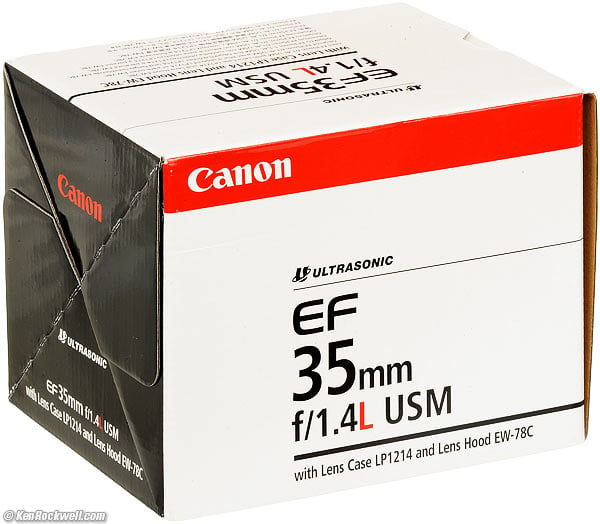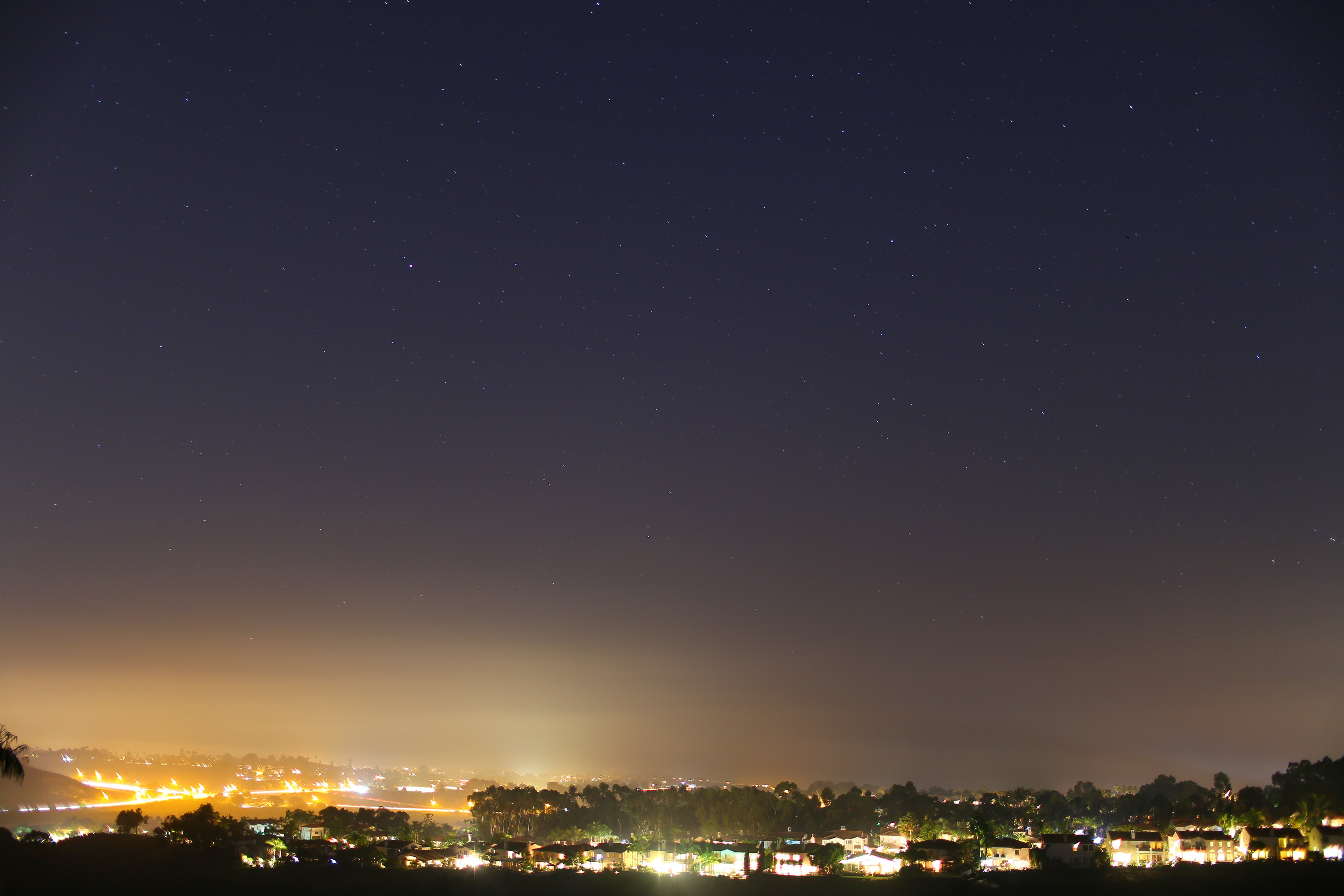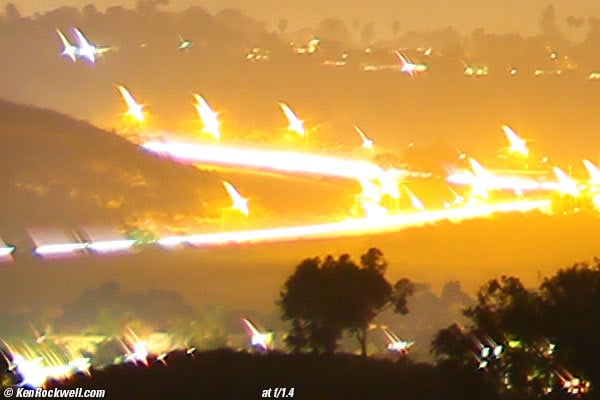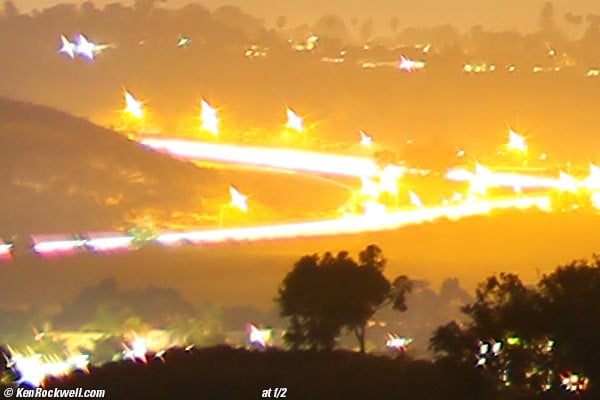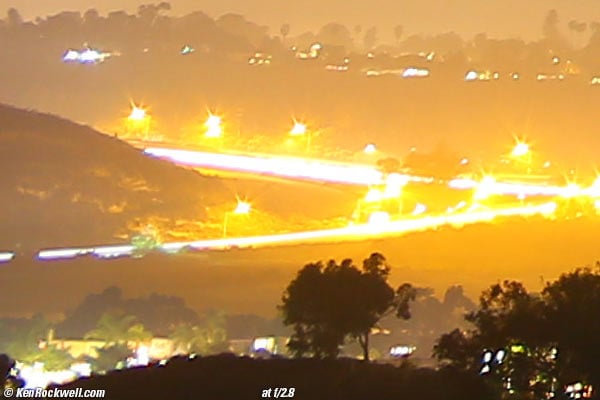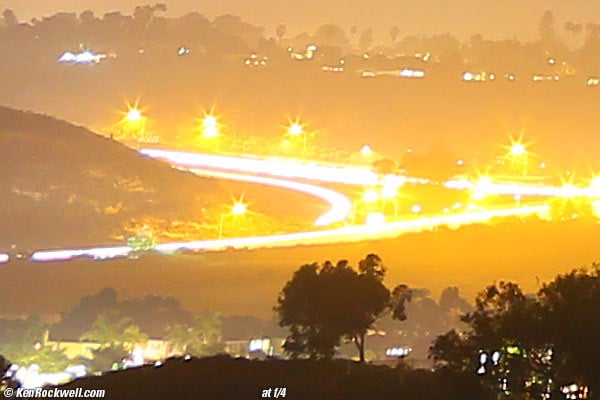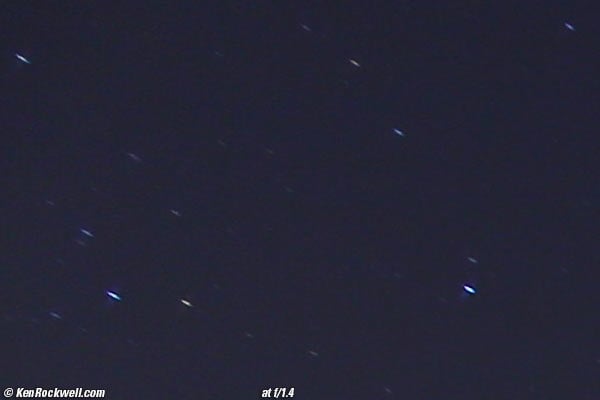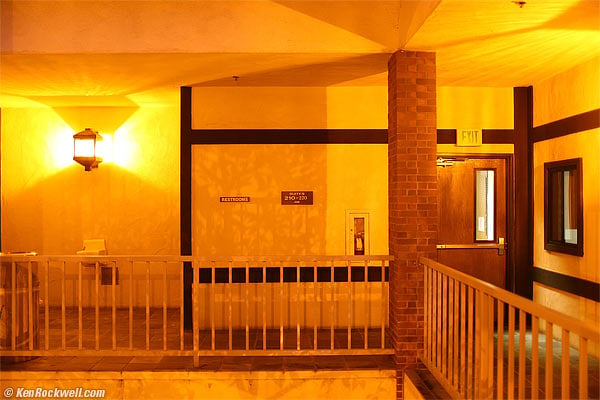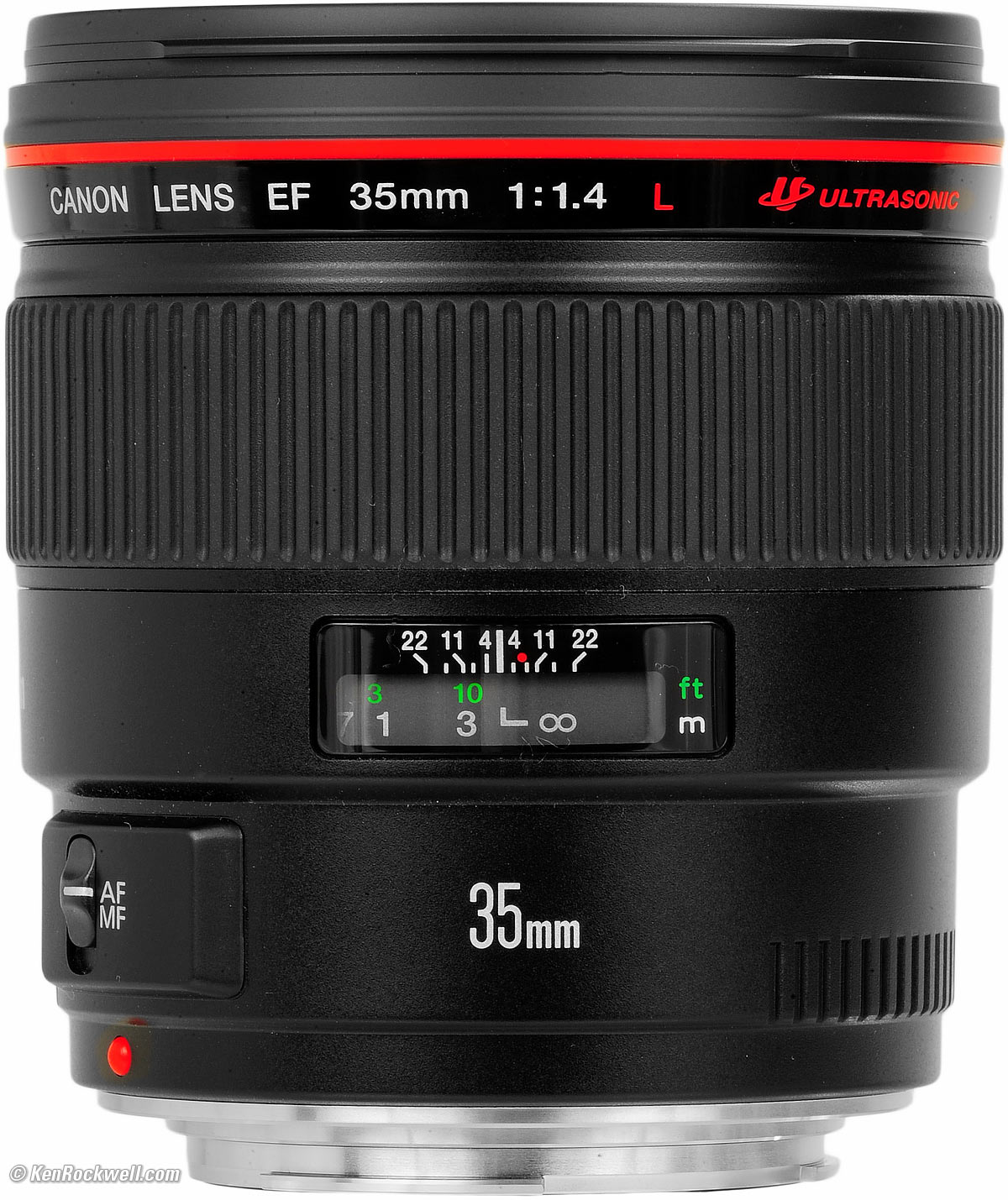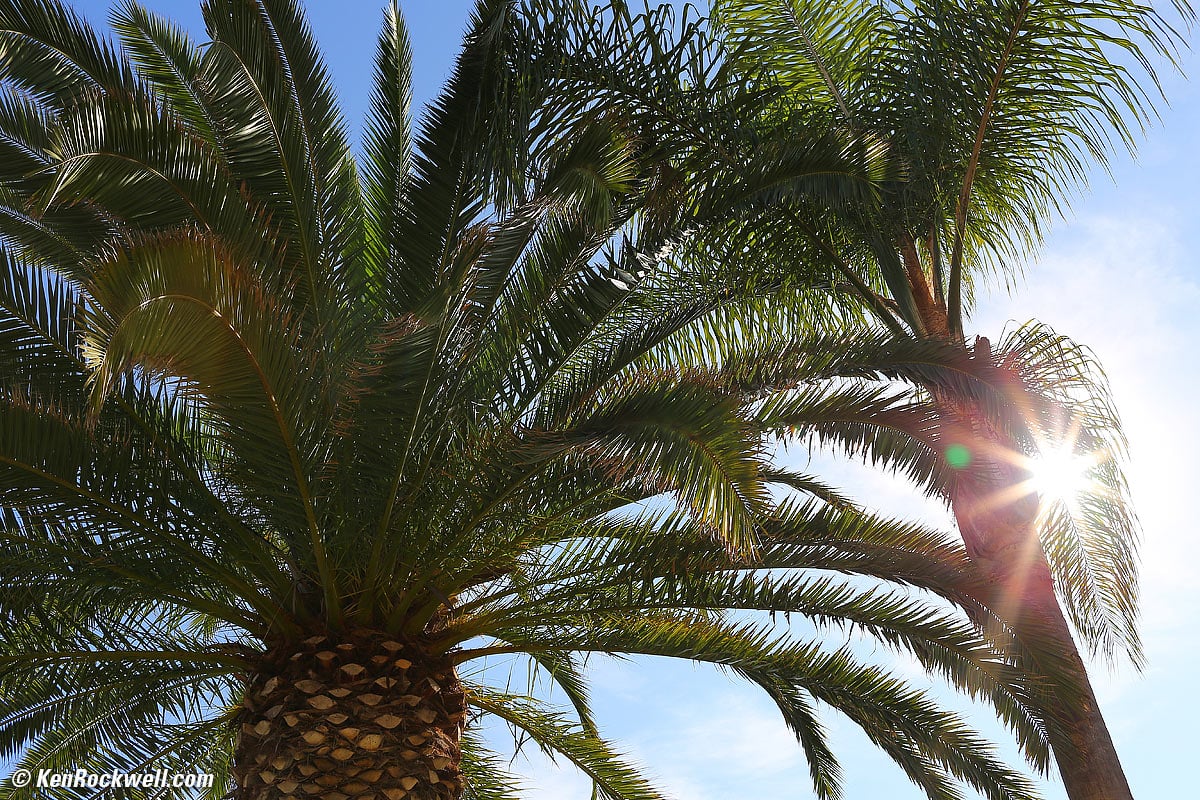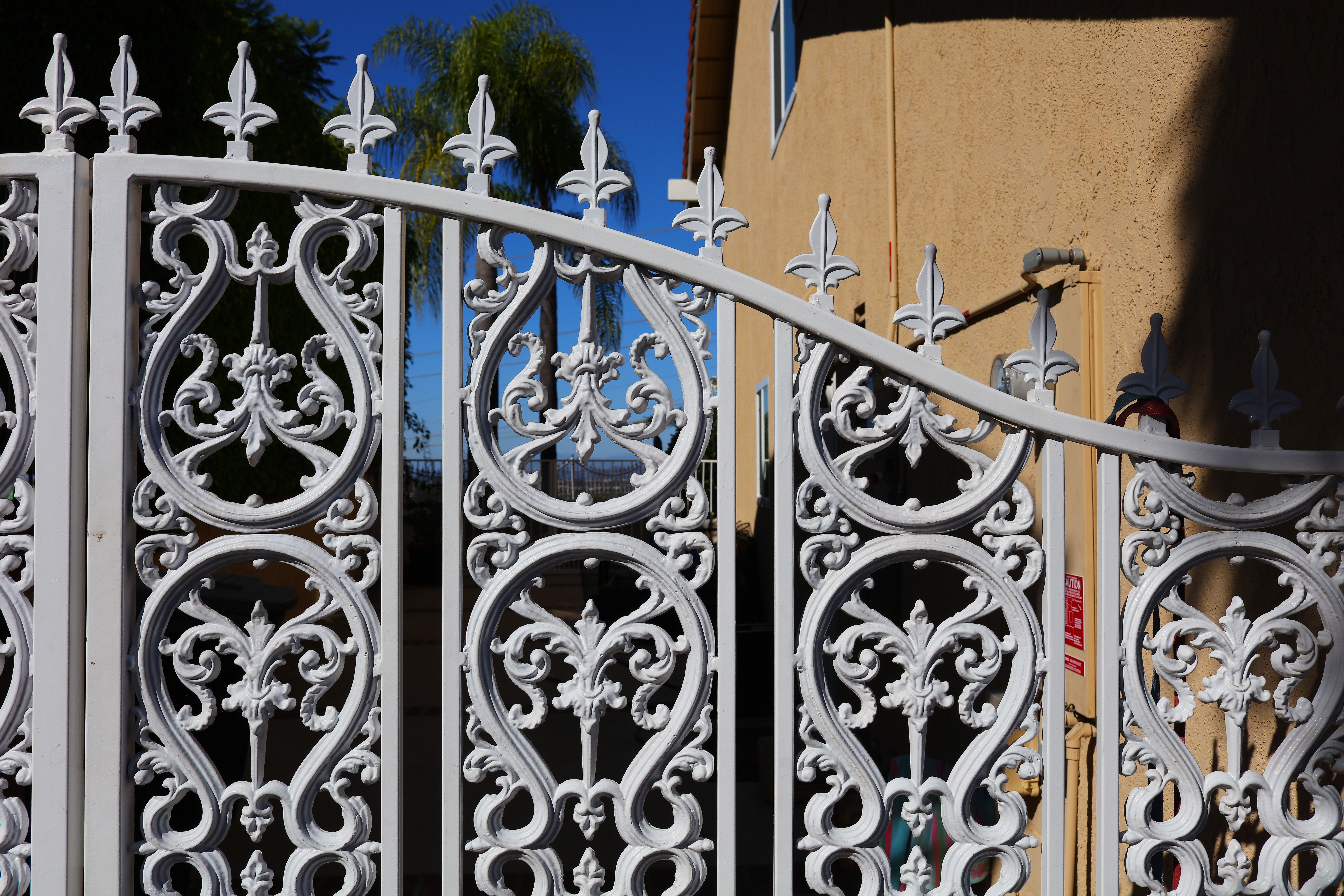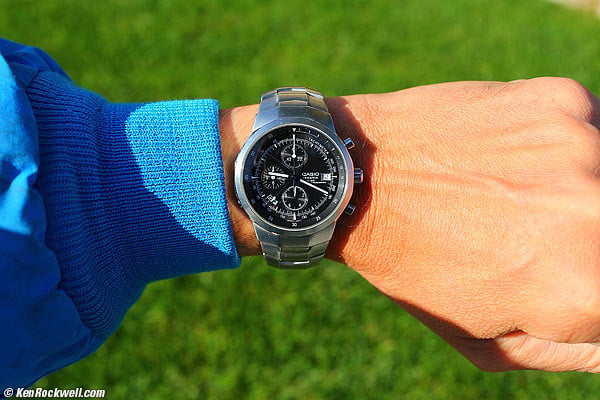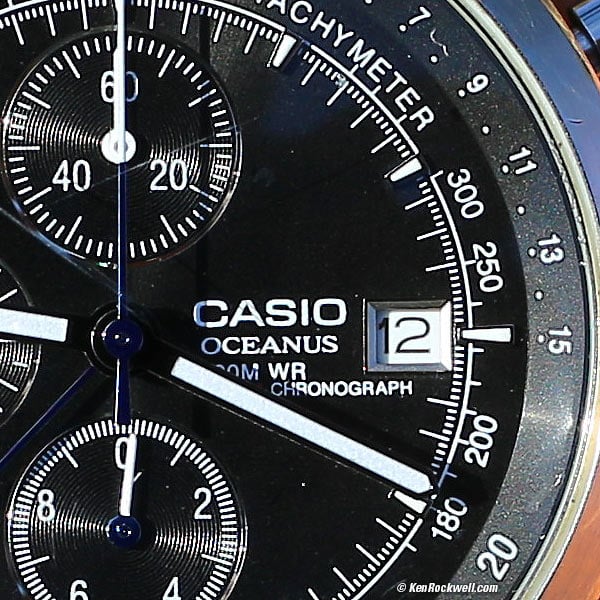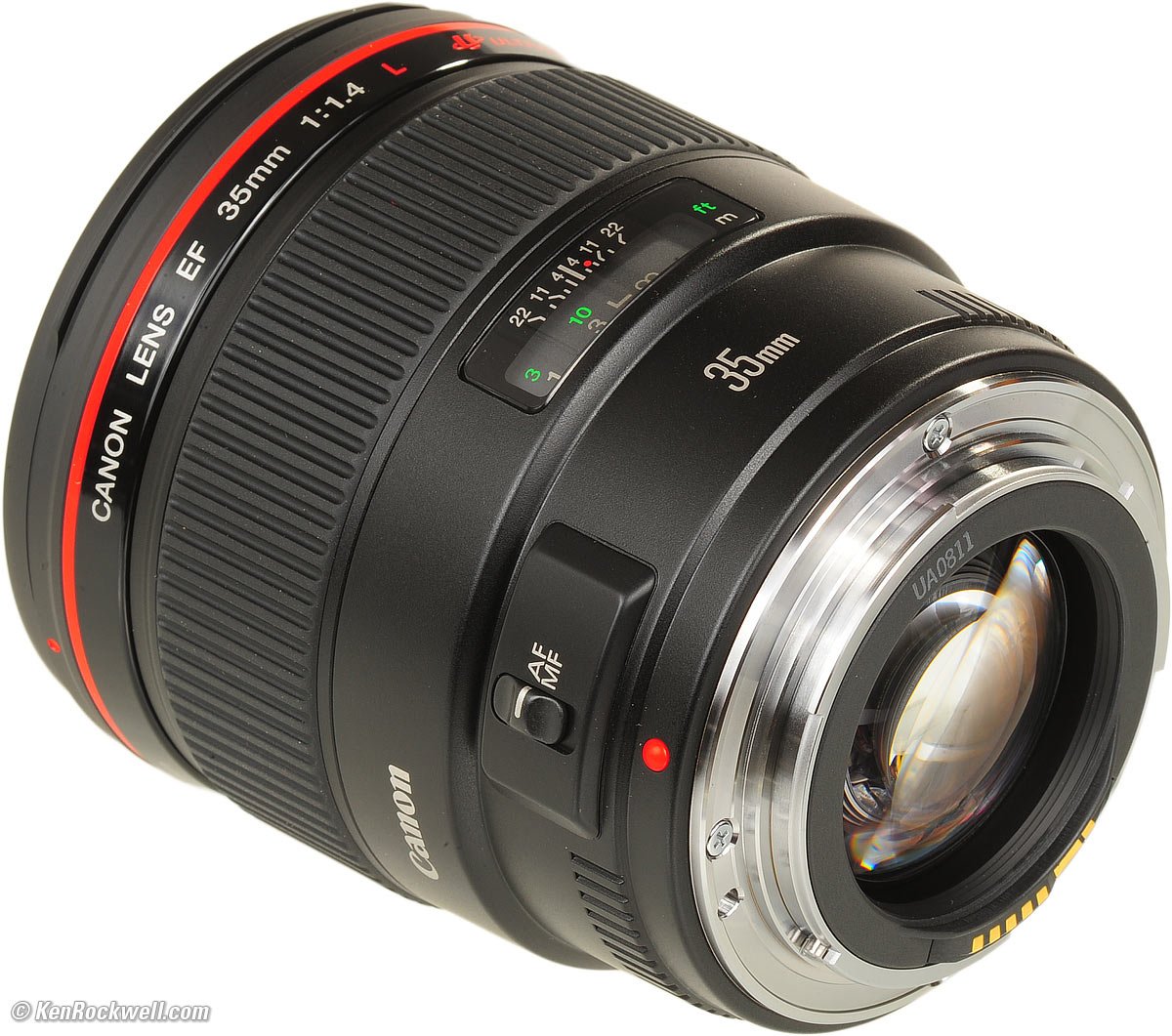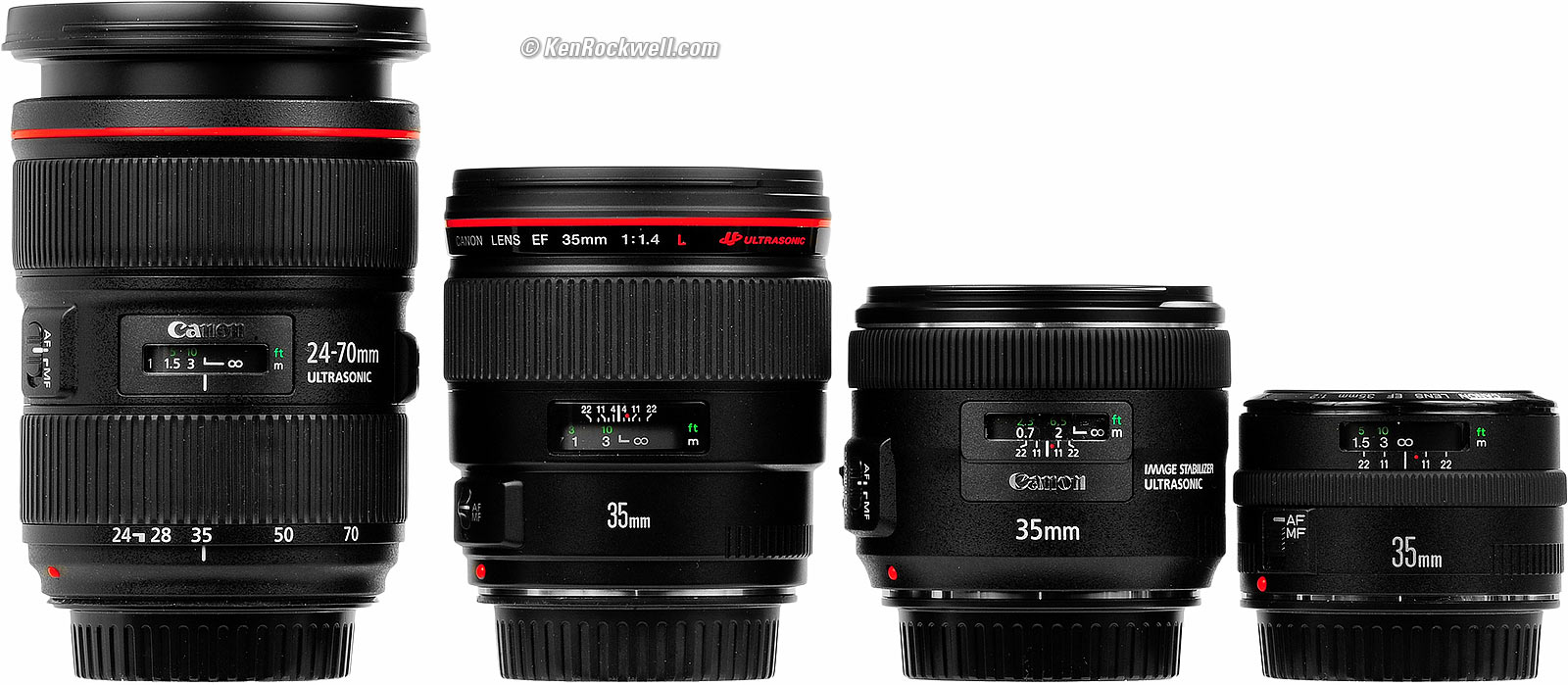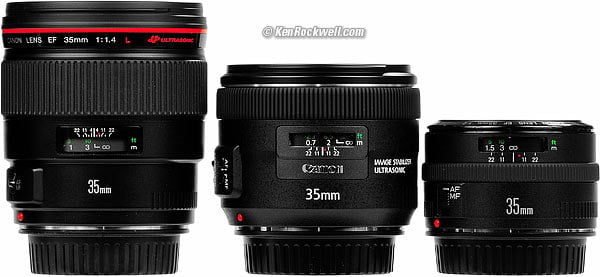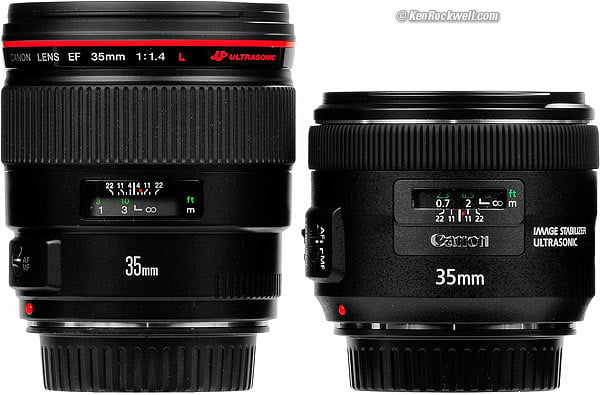Home Donate New Search Gallery Reviews How-To Books Links Workshops About Contact
Canon 35mm f/1.4 L
EF (1998-2015)
NEW: Canon 35mm f/1.4 L II. 27 August 2015. 9-blade diaphragm and less spherochromatism — but bigger, heavier, more expensive, made out of all plastic and has worse bokeh and a noisier focus system.
Intro Specs Performance Compared Recommendations More
Canon 35mm f/1.4L (works on all DSLR and 35mm AF Canons, use an EF to RF adapter for use on mirrorless, metal 72mm filter thread, 20.5 oz./582 g, 1'/0.3m close focus, about $900 used). enlarge. I'g get mine at Amazon or at eBay if you know How to Win at eBay.
This all-content, junk-free website's biggest source of support is when you use those or any of these links to approved sources when you get anything, regardless of the country in which you live. Canon does not seal its boxes, so never buy at retail or any other source not on my personally approved list since you'll have no way of knowing if you're missing accessories, getting a defective, dropped, damaged, returned, store demo or used lens. My approved sources ship from remote automated warehouses where no salespeople or lookie-loos can ever get their greasy fingers on your new lens or drop it before you do. Buy only from the approved sources I use myself for the best prices, service, return policies and selection. Thanks for helping me help you! Ken.
November 2022 Better Pictures Canon Reviews Canon Lenses Canon Flash All Reviews
Sample Image Files
Bricks at close range at f/1.4 on full-frame. Darn sharp right out to the edges, and when shot with a lens profile, no falloff even at f/1.4! Other f/1.4 lenses never look this good shot wide-open in daylight. (That's my shoe in the lower right.) Original © 20MP 6D file.
Hair Tonics at f/1.4, ISO 100, full-frame. Original © 20MP 6D file.
Yellow at f/9, ISO 100, full-frame. Original © 20MP 6D file.
Introduction top
Intro Specs Performance Compared Recommendations More
The Canon 35mm f/1.4 L is an incredibly great lens. Not only is it ultra-sharp and free from ghosts and most distortion, it has great bokeh, is built like a tank, and sells for a bargain price for a pro lens.
If you've been considering one of these 35/1.4s, just get it. I've never been impressed with the 24/1.4 II the few times I've used it, while this 35/1.4 always impresses me — and costs less. This 35/1.4 is superb optically, and much better made than Canon's newest pro lenses. This 35/1.4 has metal focus and identity rings, and machined billet aluminum filter threads and hood mount.
It's super-sharp even at f/1.4, has no significant distortion, has fantastic bokeh, and is very resistant to ghosts; a nearly perfect and very superior lens.
It's a USM lens and you may grab the focus ring at any time for instant manual-focus override.
Compatibility
This L lens is optimized for 35mm film and full-frame digital, and of course works on 1.3x and 1.6x Canon cameras.
Use an EF to RF adapter for mirrorless cameras.
This Canon EF EOS 35mm f/1.4 L works perfectly with every Canon EOS camera ever made, meaning every Canon DSLR and every Canon autofocus film camera made since 1987.
This means of course it works great on today's 5D Mark IV, 1DX Mk III, 6D Mk II and 90D, but it works just as well on my original Canon EOS 650 from 1987!
There is a lens profile available for the 5D Mark III, 6D and 1D X for correcting residual aberrations.
With the EOS-M Adapter, it also works on Canon's EOS-M mirrorless cameras.
Canon 35mm f/1.4 L. enlarge.
Specifications top
Intro Specs Performance Compared Recommendations More
Name
Canon calls this the CANON LENS EF 35mm f/1.4 L Ultrasonic.
EF means "electronic focus," meaning that there is an autofocus motor in the lens itself. All Canon lenses since 1987 have been EF.
L only means as expensive as L; it means nothing technically.
Ultrasonic means it uses an Ultra-Sonic Motor (USM). This means autofocus is almost silent, and that you can grab the big focus ring for instant manual focus override at any time.
Optics top
Canon 35mm f/1.4 internal construction. Ground aspheric element.
11 elements in 9 groups.
Rear focus: nothing moves externally as focused.
1 ground aspherical element.
Multicoated, branded as "Optimized Super Spectra Coating."
Focal Length top
35mm.
On 1.3x Canon cameras it will see angles-of-view similar to what a 44mm lens would see on a 35mm camera.
On 1.6x Canon cameras it will see angles-of-view similar to what a 55mm lens would see on a 35mm camera.
Angle of View (on 35mm and full-frame cameras)
63º diagonal.
38º vertical.
54º horizontal.
Close Focus top
1 foot (0.3m), specified, from the image plane.
Maximum Reproduction Ratio top
1:5.5 (0.18x).
Minimum Field Size top
5.4 x 8.1" (136 x 206 mm).
Diaphragm top
35mm f/1.4 wide-open at f/1.4. (EF diaphragm not visible).
8 straight blades.
Stops down to f/22.
Hard Infinity Focus Stop? top
No.
You have to let the AF system focus for you at infinity.
Focus Scale top
Yes.
The ring turns from infinity to the closest focus distance in about 140.º
Depth-of-Field Scale top
Yes.
Infra-Red Focus Index top
Yes, red dot presumably for 800 nm.
Filter Thread top
72mm.
Metal.
Does not move.
Size top
3.1" x 3.4" (79.0 x 86.0mm), rated.
Weight top
20.530 oz. (582.0 g), measured.
Canon specifies 20.5 oz. (580 g).
Hood top
$35 EW-78C plastic bayonet petal hood, included.
As of December 2012, only fits this 35mm lens.
Case top
$25 LP1214 leather-grained vinyl padded sack, included.
Also fits the 20-35mm USM, 20/2.8 USM and 24/1.4 USM.
Caps top
72mm E-72U front, included.
Standard EOS cap rear, included.
Introduced top
December 1998.
Discontinued top
2015, with the introduction of the Mark II version.
Quality top
Lens Made in Japan.
Front cap and hood Made in Japan.
Documentation Printed in Japan.
Rear cap made in Taiwan.
Case made in China.
Canon's Model Number top
EF3514L.
Canon's Product Code top
2512A002 (2512A001 in Japan).
JAN Code top
4960999-214023.
Price, USA top
2022 November: about $600 used if you know How to Win at eBay.
2021 April: about $900 used.
2016 March: $999 on CLOSEOUT. It was a bargain because it had been in Canon's catalog since 1998. Canon's new "II" version costs a lot more and is made out of plastic, so if you waited and didn't get one in 2016 as I sugested at the closeout price, you'll have to pay the same price for this lens used in 2021 as you could have gotten it brand-new in 2016. The same thing happened when the Canon 24-70/2.8 was replaced by its more-plasticy -II version.
2015 November: $1,099 on closeout.
2015 April~August: $1,479.
2014 Christmas: $1,329 after mail-in rebate.
2013 November: $1,329 after mail-in rebate.
2013 April: $1,260 (add to cart for this price).
2012 December: $1,350.
Box, Canon 35/1.4 L.
Performance top
Intro Specs Performance Compared Recommendations More
Overall Autofocus Bokeh Breathing Color Coma
Distortion Ergonomics Falloff Filters Flare & Ghosts
Lateral Color Fringes Macro Mechanics
Sharpness Spherochromatism Sunstars
Overall performance top
The Canon 35mm f/1.4 L is optically superb, handles very well and no Canon lens is better made. I wish everything was this good.
Autofocus performance top
Autofocus is fast and nearly silent, as we take for granted with Canon. For the still subjects I shoot, it's almost instantaneous.
Auto/Manual Switching
Just grab the focus ring at any time for instant manual-focus override.
Only move the AF-MF switch if you want to disable the camera from auto focusing.
AF Speed
AF is fast!, as Canons always are.
The AF motor is silent, but you will hear some internal sliding
AF Accuracy and Consistency
I saw no autofocus error on my Canon 6D.
Especially at f/1.4, every shot is dead-on.
Yes! Perfection!
Manual Focus
Manual focus is easy; just grab the ring.
Bokeh performance top
Bokeh, the quality of out-of-focus areas as opposed to the degree of defocus, is superb!
Out-of-focus backgrounds just melt away, making the subject pop-out as if it's three-dimensional:
Ryan gets a haircut from Amanda, December 2012. (Canon 6D, Canon EF 35mm f/1.4 L, Auto ISO 320, f/1.6 at 1/125, 6 sharpening, -2 contrast, auto white balance.) bigger.
Ryan at McDonalds with Dada (Ryan's pick for dinner), December 2012. (Canon 6D, Canon EF 35mm f/1.4 L, Auto ISO 200, f/2 at 1/125, 6 sharpening, -2 contrast, auto white balance, Perfectly Clear automatic correction.) bigger.
Focus Breathing performance top
Focus breathing (the image changing size as focused) is mostly of interest to cinematographers who don't want the image changing size ("breathing") as the lens is focused among different subjects.
The image from the Canon 35mm f/1.4 L gets larger as focused more closely.
Color Rendition performance top
The color balance of this 35mm f/1.4 L seems the same as my other Canon EF lenses.
Coma performance top
Coma, or saggital coma flare, is when points of light in the corners turn into batwing-shaped blobs. This is often a problem with fast normal or wide lenses.
To my astonishment, this Canon 35 1.4 is almost completely devoid of coma.
Here's what it looks like at f/1.4 on full-frame:
Full-frame image at f/1.4. (ISO 100 at 15 seconds, 6D.) Original © 20MP file.
And here are crops from the lower left corners of 100% 20MP full-frame images.
As you can see, it's minimal at f/1.4, and gone by f/2.8. If these are 6" (15cm) wide on your screen, these full images would print at 36 x 55" (1 x 1.5 meters) at this same high magnification:
By minimal, I mean it's completely invisible for most subjects. Here's a crop from the top left of the same f/1.4 image. The blurs are star trails during the time exposure; as this is the top left corner, coma would go the other way:
Crop from top left of image at 100%. The blurs are star trails, not coma. Original © file.
Distortion performance top
Square, Downtown Carlsbad, 11 December 2012. Canon 6D, ISO 800, f/1.4 at 1/30, hand-held.
The Canon 35mm f/1.4 has very little distortion; less than the Nikon 35mm f/1.4 AI-S and Nikon 35mm f/1.4 G.
Straight lines will almost always stay visibly straight. Only if you're a total nerd shooting brick walls will you notice that the center bulges out a bit, with the sides staying flat, similar to most 20mm f/2.8 lenses.
Box 35, Aviara.
Use these values in Photoshop's Lens Distortion tool to remove the distortion for more critical use, however a tiny bit of waviness remains:
Full-Frame and 35mm at 3m (10') |
|
Infinity |
+1.3 |
3m (10') |
+1.0 |
© 2012 KenRockwell.com. All rights reserved.
Ergonomics performance top
Canon 35/1.4 L. enlarge.
Ergonomics are perfect.
Just grab the big focus ring at any time for instant manual override. One firm fingertip will do it.
The AF - MF switch falls right under your thumb.
Falloff (darkened corners) performance top
With a lens profile on my Canon 5D Mark III, 6D, 1D X or other camera that uses lens profiles for correction, falloff is never visible at any setting.
Falloff is visible on film at f/1.4, mostly gone at f/2, and completely gone by f/2.8.
I've greatly exaggerated this by shooting a flat gray target and presenting it against a gray background.
Canon 35mm f/1.4 L falloff on full-frame Canon 6D peripheral illumination control enabled:
© 2012 KenRockwell.com. All rights reserved.
6D peripheral illumination control disabled (same results on film):
© 2012 KenRockwell.com. All rights reserved.
|
Filters, Use with performance top
The metal 72mm filter threads are big enough that even two thick stacked filters won't cause any vignetting on full-frame (or any other format).
Go ahead, use any big, fat thick filter, and you'll still be able to add a second one, too!
Flare and Ghosts performance top
At f/8, direct view of mid-day tropical sun. bigger.
Flare and ghosts are very well controlled. You'll never see any flare or ghosts unless you put the full disc of the sun in your image and deliberately put something dark elsewhere to show anything. If you push it like this, you can get a dim green dot.
Lateral Color Fringes performance top
Better than most Canon lenses, even other L lenses, there are nearly no lateral color fringes even if shot without a lens profile. Without a lens profile, there is just the tiniest bit of blue-yellow, but you're never likely to see it.
With a lens profile on the Canon 5D Mark III, 6D, 1D X or similar, there are no fringes whatsoever at infinity.
At 50 megapixels on the 5DSR with a profile active and at close distances, there is just the slightest bit of yellow-violet lateral color.
White gate, 11 November 2015. Canon 5DSR with enabled lens profile, 35/1.4, f/11 at 1/500 at ISO 100. bigger or camera-original 50MP file.
On the APS-C EOS Rebel T100 which has no lens correction, there is a bit of red-blue lateral color (11/2022).
Macro performance top
At close-focus distance on full-frame, Canon 35 f/1.4 L.
The images would be even tighter on smaller-format cameras (see crop factor).
It's super-sharp; here's a crop from a 20MP full-frame image at 100%:
Crop from above image at 100%, shot at f/6.3 at ISO 100 on a Canon 6D. If this is 6" (15cm) wide on your screen, the full image would print at 36 x 55" (1 x 1.5 meters)!
Mechanics performance top
Rear, Canon 35 f/1.4 L. enlarge.
The Canon 35mm f/1.4 L is made better than most any other L lens today. Most of this lens is metal, not plastic like the 24-70/2.8 L II.
Filter Threads
Metal.
Hood Mount
Metal.
Front Barrel & Identity Ring
Metal.
Focus Ring
Metal, rubber-covered.
Mid-barrel
Plastic.
Internals
Metal.
Rear barrel
Plastic.
Moisture seal at mount
No.
Mount
Chromed metal.
Markings
Paint.
Serial Number
Engraved into the bottom of the black plastic lens barrel and filled with white paint.
Date Code
Stamped with white ink on rear light baffle.
This lens reads UA0811, which means made in the Utsunomiya, Japan plant in August 2012. More at Canon Date Codes.
Noises When Shaken
Almost no clicking.
Made in
Japan.
Sharpness performance top
Image sharpness depends more on you than your lens, and lens sharpness doesn't mean much to good photographers.
La Paz Village, 11 November 2015. Canon 5DSR, square crop, Canon 35mm f/1.4 L, f/9 at 1/320 at Auto ISO 100, Perfectly Clear V2. bigger, or full-resolution or camera-original files to explore on your computer (mobile devices rarely can display the full resolution files at full resolution.)
This said, the Canon 35mm f/1.4 L is among the sharpest wide lenses I've ever tested. It is extraordinarily sharp and contrasty, even at f/1.4. Throughout most of the image, there is no difference between f/1.4 and stopped down, as seen on a 22MP 5D Mark III at the test range.
The last two millimeters of the corners are a little softer at f/1.4, improving at each aperture until they are as sharp as the center by f/5.6.
So long as you're in focus, sharpness doesn't vary much from perfection, except by f/11, where diffraction softens the image.
Throughout most of the image (except the last millimeter in the corners), this crazy lens is just as sharp at f/1.4 as it is stopped down!
Hey, sorry to spare you endless boring charts, but with a lens this good, there's nothing to show other than sharp pictures under all conditions.
The biggest detriment to sharpness will be a lack of proper vision and technique, never this lens. I bought mine directly from Adorama. I can't vouch for anything if you buy from a local store or chain where you never really know who's opened and played with your lens before you buy it. I never buy retail; too many risks, so why pay more? Use my personally approved sources of supply for the best results.
Here are Canon's claimed MTF curves:
Canon's MTF Curve, Canon 35 f/1.4 L at f/1.4.
Spherochromatism performance top
Spherochromatism, misnamed "color bokeh" by laymen, is when out-of-focus highlights take on color fringes. This is common in fast lenses, and I see some at large apertures.
Background highlights may have slight green fringes, and foreground highlights may have slight magenta fringes.
This helps bokeh, smoothing out foliage (green) backgrounds even further.
If you're in perfect focus, there are no fringes.
Spherochromatism is a completely different aberration from lateral color fringes.
Sunstars performance top
At f/8, direct view of mid-day tropical sun. bigger.
With its octagonal diaphragm, this Canon 35mm f/1.4 L makes 8-pointed sunstars on brilliant points of light.
Compared top
Intro Specs Performance Compared Recommendations More
NEW: Canon 35mm f/1.4 L II. See that review for a newer comparison.
See also Compared to other Canon 35mm lenses.
Canon 24-70/2.8 L II, 35mm f/1.4 L, 35mm f/2 IS and 35mm f/2. enlarge.
Canon 35mm f/1.4 L, 35mm f/2 IS and 35mm f/2. enlarge.
Canon 35mm f/1.4 L and 35mm f/2 IS. enlarge.
This classic Canon lens is tougher than Nikon's 35/1.4G, with equally excellent optics, for less money. Why anyone would pay more for the all-plastic-barreled Nikon compared to this fully professional Canon 35/1.4 is beyond me.
The Canon 35mm f/2 is a stop slower, a little softer in the farthest corners wide-open and requires moving a switch to get manual focus, however it's just as sharp otherwise, and weighs and costs a whole lot less.
The Canon 35mm f/2 IS hasn't shipped yet. For my money, I'd spend a little more to get this fully professional 35/1.4, or save my money and move the switch on the original 35/2 myself for a whole lot less money.
The 24-70/2.8 L II is a much bigger and more expensive lens than any of these. It's even a tad sharper in the far corners at f/2.8 than the 35/1.4 L and 35mm f/2, but you either want a zoom, or you don't. The 24-70 is huge compared to any of these other fixed 35mm lenses.
See my updated comparison table at my 35./1.4 II review.
| Anni | 1998- |
2012- |
1990- |
2012 |
2010- |
| Filter Threads | 72mm |
67mm |
52mm |
82mm |
67mm |
| Filter Threads | Metal |
plastic |
plastic |
plastic |
plastic |
| Barrel | Metal and plastic |
Plastic |
Plastic |
Plastic and metal |
plastic |
| Build Feel | Pro |
Good Consumer |
Good Consumer |
Tough Consumer |
Good Consumer |
| Autofocus motor | USM |
USM |
Arc-Form Drive |
USM |
SWM |
| Instant Manual Override? | Yes |
Yes |
No |
Yes |
Yes |
| Close Focus | 1' 0.3m |
0.8' 0.24m |
0.8' 0.25m |
1.25' 0.38m |
1' |
| Maximum Repro Ratio | 1:5.5 |
1:4.3 |
1:4.76 |
1:5 |
|
| Sharpness | Excellent |
Excellent |
Excellent |
Excellent |
Excellent |
| Diaphragm | 8 blades |
8 blades |
5 blades |
9 blades |
9 blades |
| Sunstars | 8 points |
8 points |
10 points |
18 points |
soft 18 pts. |
| f/minimum | f/22 |
f/22 |
f/22 |
f/16 |
|
| Distortion @ 3m | +1 |
+1.2 |
+1.1 |
+1.5 |
|
| Bokeh | |||||
| Length | 86mm |
63mm |
42mm |
123mm |
90mm |
| Diameter | 79mm |
78mm |
67mm |
83mm |
83mm |
| Weight | 20.5 oz. 582 g |
11.9 oz. 336 g |
7.4 oz. |
28.4 oz. |
21.2 oz. |
| Price, 12/2012 | |||||
| Price, 4/2013 | |||||
| Price, 4/2015 | $250 used |
||||
| Price, 11/2015 | $200 used |
* had to be added to cart for that price back then.
See my updated comparison table at my 35./1.4 II review.
Recommendations top
Intro Specs Performance Compared Recommendations More
There's a reason Canon has never bothered with a -II version of this 35mm lens: it's so good, there isn't any room for improvement. I'm sure Canon will come up with a -II version at twice the price and made of a lot more plastic with virtually identical optical performance one of these days in the interest of cost reduction (for them), but for today, this 35/1.4 is one of the biggest deals in the entire Canon catalog.
I use a clear (UV) protective filter instead of a cap so I'm always ready to shoot instantly. I only use a cap when I throw this in a bag with other gear without padding — which is never. The UV filter never gets in the way, and never gets lost, either.
The very best protective filter is the 72mm Hoya multicoated HD3 UV which uses hardened glass and repels dirt and fingerprints.
For less money, the Canon 72mm UV and B+W MRC 010 are excellent filters, as isthe B+W 72mm 010 and the basic multicoated Hoya filters, but the Hoya HD3 is the toughest and the best.
Filters last a lifetime, so you may as well get the best. The Hoya HD3 stays cleaner than the others since it repels oil and dirt.
For color slides like Velvia 50, I use a 72mm Nikon A2 or a 72mm 81A filter outdoors.
For B&W film outdoors, I use a 72mm Hoya HMC Yellow K2 or 72mm Hoya YA3 Pro Orange.
All these filters are just as sharp and take the same pictures, the difference is how much abuse they'll take and stay clean and stay in one piece. Since filters last a lifetime or more, there's no reason not to buy the best as it will last you for the next 40 years. Filters aren't throwaways like digital cameras which we replace every few years, like it or not. I'm still using filters I bought back in the 1970s!
You don't need a "slim" filter; any normal 72mm filter works great.
If you use a front lens cap, pitch the crappy Canon cap and replace it with the big, thick easy-to-grab Nikon 72mm cap. (Pros don't use front caps; they leave a filter on the lens and throw it in their bag uncapped.)
With its solid-alloy 72mm front end, it kits excellently with the 20mm f/2.8 USM and 80-200mm f/2.8 L, which share the same sized metal threads. Sadly, Canon makes no really high-mechanical-quality 50mm lens; the 50/1.2L is all plastic on the outside and the only 50mm EF Canon lens sold today with a metal filter thread is the 50/2.8 macro. The set of 20, 35 and 80-200 ought to be all you need for any assignment anyway. The 20-35/2.8 L also shares even better mechanical quality and a 72mm alloy front end, but you don't need a 20-35 zoom to use with a fixed 35mm lens. See Assembling a System for more.
If you've found the effort I've spent in sharing this professional review helpful, this free website's biggest source of support is when you use these links, especially this link directly to it at Adorama, directly to it at Amazon or this link directly to it at eBay (see How to Win at eBay), when you get anything, regardless of the country in which you live.
Thanks!
Ken.
More Information top
Intro Specs Performance Compared Recommendations More
© Ken Rockwell. All rights reserved. Tous droits réservés.
Help me help you top
I support my growing family through this website, as crazy as it might seem.
The biggest help is when you use any of these links when you get anything, regardless of the country in which you live. It costs you nothing, and is this site's, and thus my family's, biggest source of support. These places have the best prices and service, which is why I've used them since before this website existed. I recommend them all personally.
If you find this page as helpful as a book you might have had to buy or a workshop you may have had to take, feel free to help me continue helping everyone.
If you've gotten your gear through one of my links or helped otherwise, you're family. It's great people like you who allow me to keep adding to this site full-time. Thanks!
If you haven't helped yet, please do, and consider helping me with a gift of $5.00.
As this page is copyrighted and formally registered, it is unlawful to make copies, especially in the form of printouts for personal use. If you wish to make a printout for personal use, you are granted one-time permission only if you PayPal me $5.00 per printout or part thereof. Thank you!
Thanks for reading!
Mr. & Mrs. Ken Rockwell, Ryan and Katie.
Home Donate New Search Gallery Reviews How-To Books Links Workshops About Contact
